If you frequently edit videos for YouTube, Instagram Reels, or client projects, having the right processor is essential. The best CPU for video editing gives you smoother previews, faster rendering, and a workflow that doesn’t crash or lag when you need it most.
This list is specifically designed for content creators who want reliable performance for their daily tasks. Whether you’re trimming clips, adding effects, or exporting in 4K, the right CPU can save you hours and keep your creativity flowing.
To make our recommendations realistic and practical, we tested each processor using real-world video editing tasks within Wondershare Filmora. Filmora is a lightweight yet powerful editing tool that's popular among creators for its intuitive interface, trending effects, and fast export speeds. It’s ideal for editors who want professional results without a steep learning curve.

How We Test CPUs for Editing
- Timeline playback with multiple video/audio layers
- Adding transitions, motion tracking, and keyframe animations
- Exporting 4K videos with effects, text, and audio
- Using AI features like Filmora’s background remover and speech-to-text
- Monitoring render times, system temperatures, and responsiveness under heavy load
Part 1. Our Top 3 CPU Picks
Not sure where to start? Here are three top picks that cover different needs, from working on large 4K timelines to finding reliable speed without spending all your budget:
- AMD Ryzen 9 7950X – Best for heavy-duty projects
If you're editing large, complex videos with multiple layers, effects, and color adjustments, this CPU can handle it all with ease. It's a powerful machine designed for creators who want uninterrupted performance, even when performing heavy rendering.
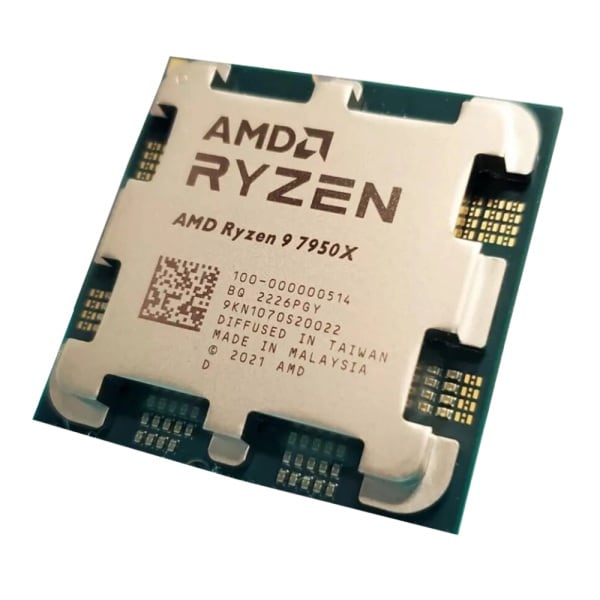
- Intel Core i9-14900K – Best for speed and multitasking
Do you need a chip that can handle editing, exporting, and browsing with 20 tabs open? This Intel CPU delivers super-fast performance, making it ideal for multitaskers and streamers who frequently edit content.
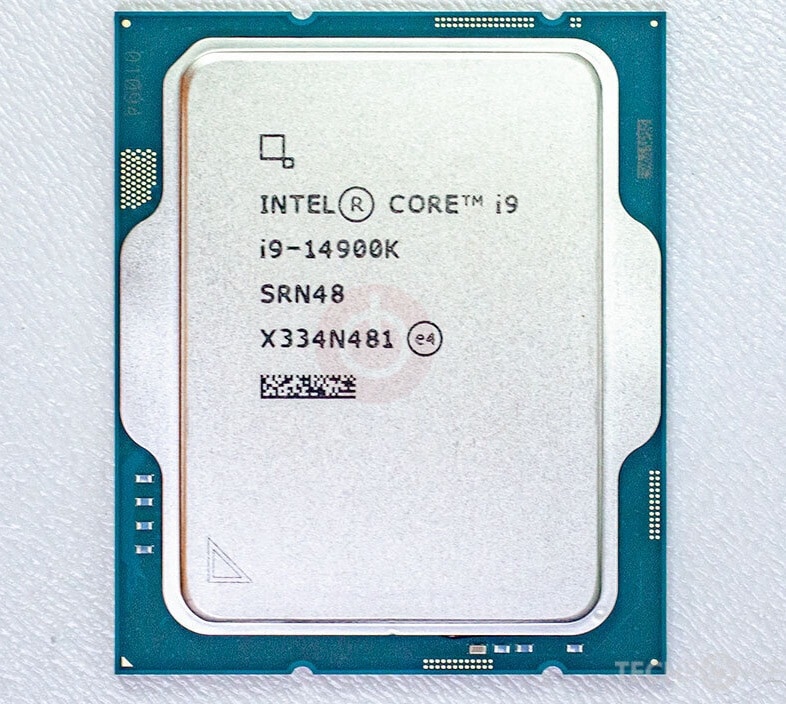
- AMD Ryzen 7 7800X3D – Best value pick
Looking for something fast but more cost-effective? The 7800X3D is a versatile choice that offers solid editing performance, especially in applications like Filmora, without the premium pricing.
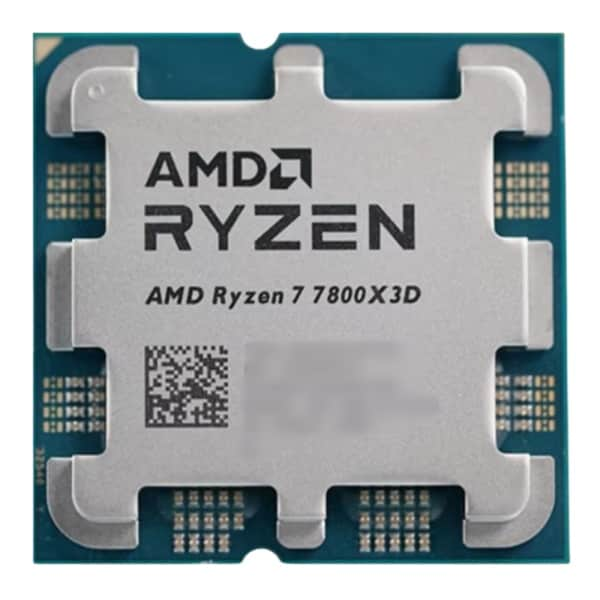
Part 2. CPU Comparison Chart at a Glance
Here’s a brief comparison of some of the best CPUs for video editing right now. We’ve included a mix of premium and budget-friendly options, so whether you’re editing short Reels or full-length documentaries, there’s something here for you.
| CPU Model | Cores/Threads | Base Speed | Best For | Price Tier | Verdict |
| AMD Ryzen 9 7950X | 16C/32T | 4.5 GHz | Heavy 4K+ projects and long render jobs | $$$$ (High-End / Premium) | A powerful machine for pro-level editing performance |
| Intel Core i9-14900K | 24C/32T | 3.2 GHz | High-speed multitasking and 4K editing | $$$$ (High-End / Premium) | Fast and responsive, an excellent choice for all purposes |
| AMD Ryzen 7 7800X3D | 8C/16T | 4.2 GHz | High performance at mid-tier price | $$$ (Mid-Range / Performance) | Excellent value for creators on a budget |
| Intel Core i7-14700K | 20C/28T | 3.4 GHz | Balanced workflows and moderate effects | $$$ (Mid-Range / Performance) | Smooth performance for professional editors |
| AMD Ryzen 5 7600X | 6C/12T | 4.7 GHz | Entry-level editing and YouTube content | $$ (Budget / Entry-Level) | Budget-friendly yet highly capable |
| Intel Core i5-13600K | 14C/20T | 3.5 GHz | General editing, part-time creators | $$ (Budget / Entry-Level) | A solid combination of value and performance |
| Apple M3 Max | 16C/40T | N/A | Editing on the go with Mac-optimized apps | $$$$ (High-End / Premium) | Ideal for creators using Final Cut & Filmora |
|
Show more
Show less
|
|||||
Part 3. Best CPUs for Video Editing in Detail
1. AMD Ryzen 9 7950X
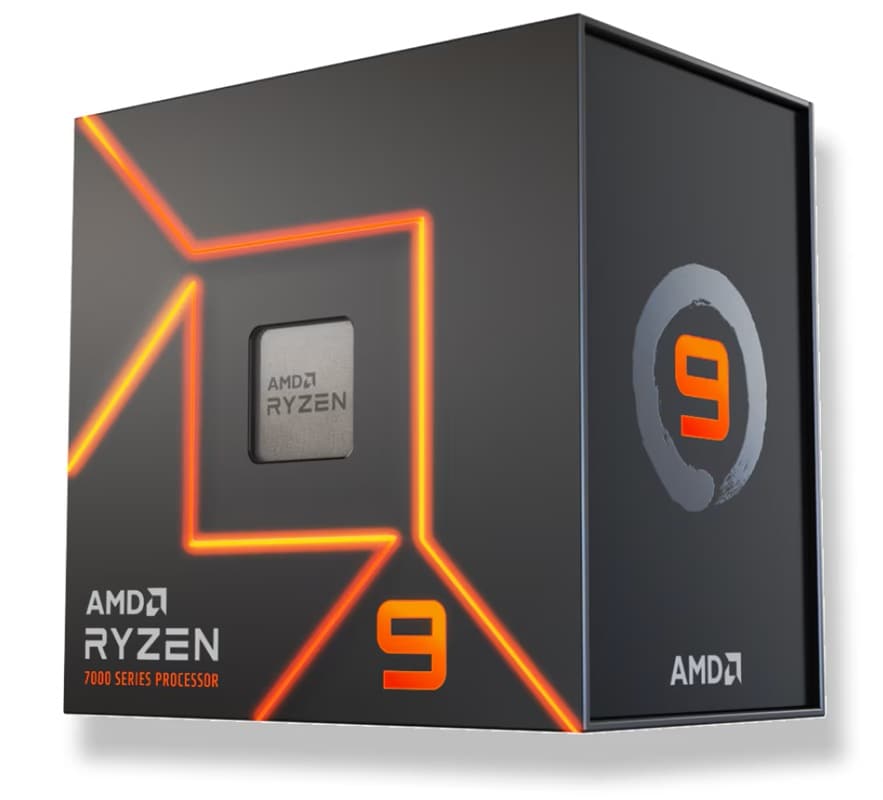
- Excellent multitasking and rendering performance
- Keeps cool under pressure with the right setup
- Handles high-bitrate 4K/8K footage smoothly
- High power consumption requires a high-end cooling system and power supply unit (PSU)
- Not budget-friendly
Windows
$$$$ (Premium)
Professional editors, VFX-heavy projects, YouTubers with 4K+ workflows.
16 cores and 32 threads, clock speeds up to 5.7 GHz, good thermals with proper cooling, suitable for multi-layer timelines and effects.
If you're editing complex projects in Filmora or any NLE with numerous transitions, overlays, or multi-camera footage, this CPU ensures your workflow remains smooth and responsive, especially during exports or real-time previews.
2. Intel Core i9-14900K
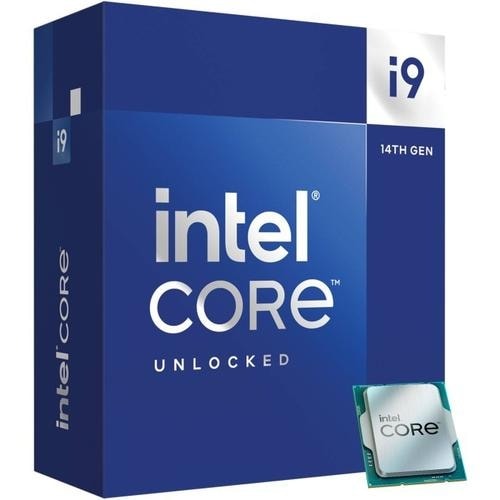
- Fastest CPU for real-time playback and rendering
- Great for multitasking (e.g., editing + exporting + browsing)
- Strong support for Intel Quick Sync video
- Operating at high temperatures without proper cooling
- High power consumption
Windows
$$$$ (Premium)
Editors who want top-tier performance and super-fast rendering.
24 cores (8P + 16E), up to 6.0 GHz clock, strong single-thread performance, AI-assisted encoding.
If you work in Filmora or Adobe Premiere and need quick previews or shorter export times, this processor will ensure everything runs smoothly, even with large files and multiple layers.
3. AMD Ryzen 7 7800X3D
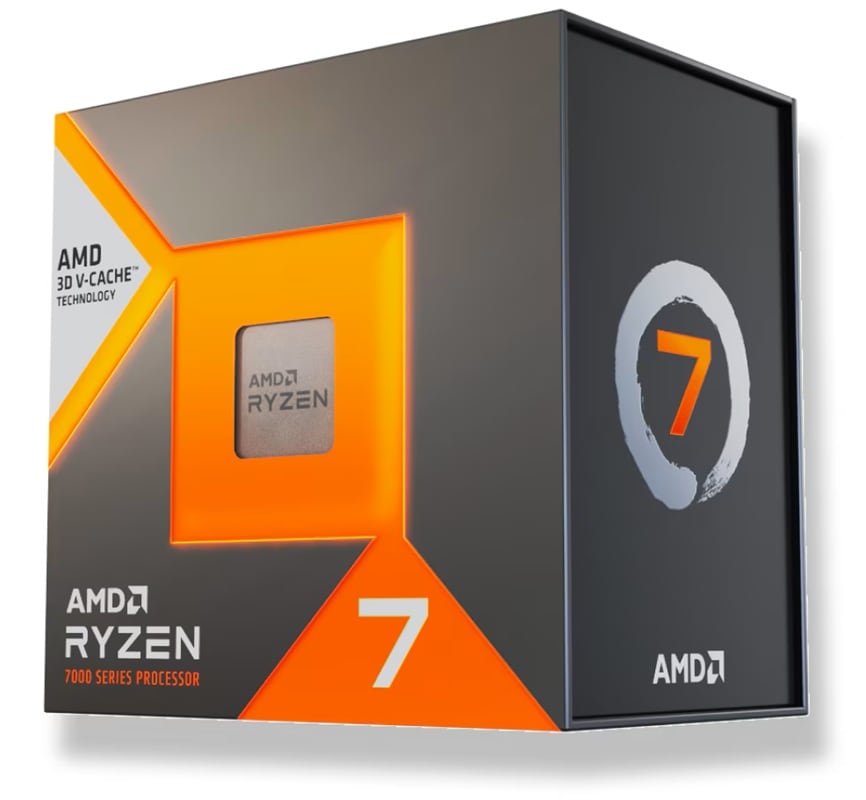
- Impressive performance for its price
- Efficient and stays cool under heavy load
- Great gaming + editing combo CPU
- Not equipped with integrated graphics
- Not ideal for heavy workloads
Windows
$$$ (Mid-range)
Content creators on a budget who still want to experience high-end gaming and editing.
8 cores / 16 threads, 3D V-Cache technology, excellent performance per watt
This is one of the best mid-range processors for editing, especially if you use Filmora or Premiere Pro on Windows. You'll get fast rendering times and a smooth timeline without the high cost.
4. Intel Core i7-14700K
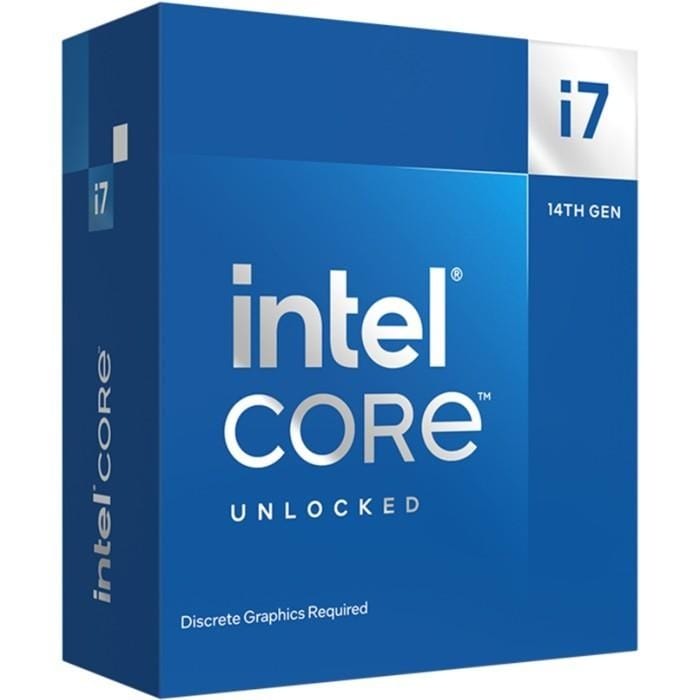
- The perfect combination of speed and value
- Ideal for light 1080p to 4K editing
- Works well for streaming and editing simultaneously
- Still requires good cooling
- Price close to the i9 range
Windows/macOS
$$$ (Mid-range)
Editors who need strong multitasking with room to grow for future projects and software updates.
20 cores (8P + 12E), solid single-core speeds, hybrid architecture
If you edit video reels or YouTube Shorts in Filmora or similar software, this chip offers fast rendering and a responsive timeline, making it a smart choice for serious editors on a budget.
5. AMD Ryzen 5 7600X
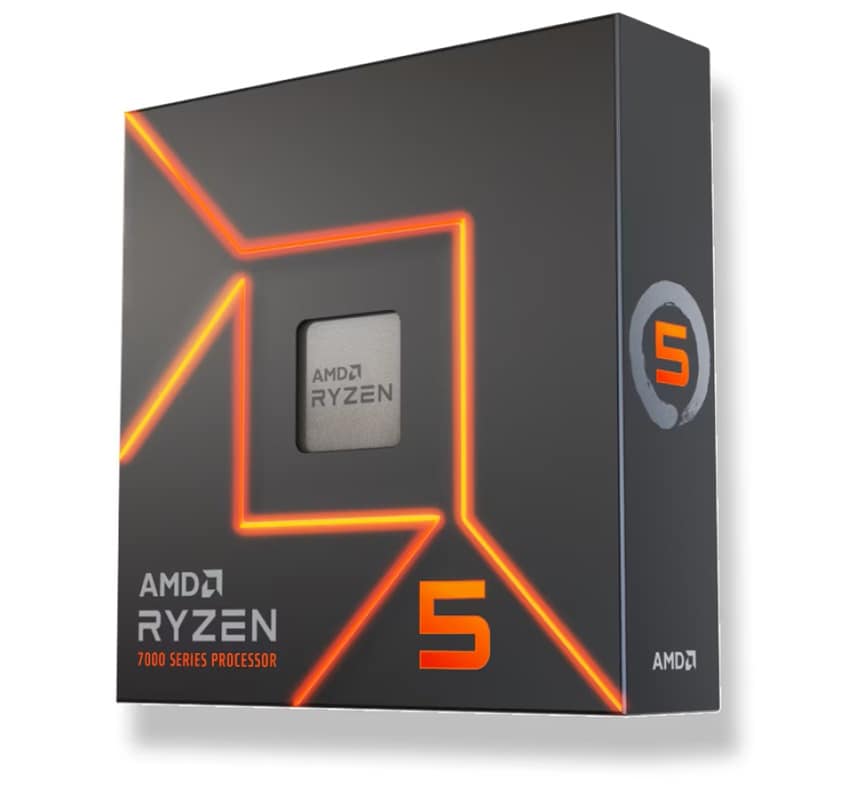
- Affordable yet surprisingly fast
- Efficient and easy to cool down
- Perfect for Filmora, Premiere Pro, or Clipchamp users
- Not ideal for large 4K projects
- Not equipped with an integrated GPU
Windows
$$ (Budget)
Beginners and hobbyists editing short-form content.
6 cores / 12 threads, high efficiency, PCIe 5.0 support
This is a good processor for video editing if you've just started with Filmora or editing occasional social content. Quick exports and responsive editing without lag.
6. Intel Core i5-13600K
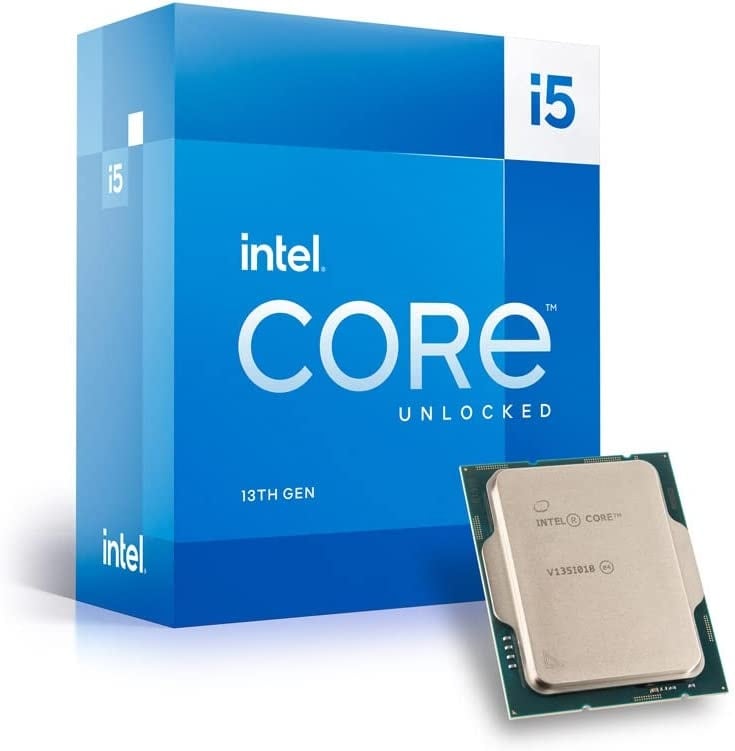
- Versatile and affordable
- Great multitasking for the tier
- Integrated graphics included
- Heavy 4K timelines can cause lag
- Requires a newer motherboard
Windows
$$ (Budget to mid-range)
Entry-level editors and students.
14 cores (6P + 8E), great price-performance ratio
A capable processor and probably the best editing CPU for casual users or aspiring editors using Filmora. It's smooth enough to handle HD and basic 4K edits with ease.
7. Apple M3 Max (MacBook Pro)
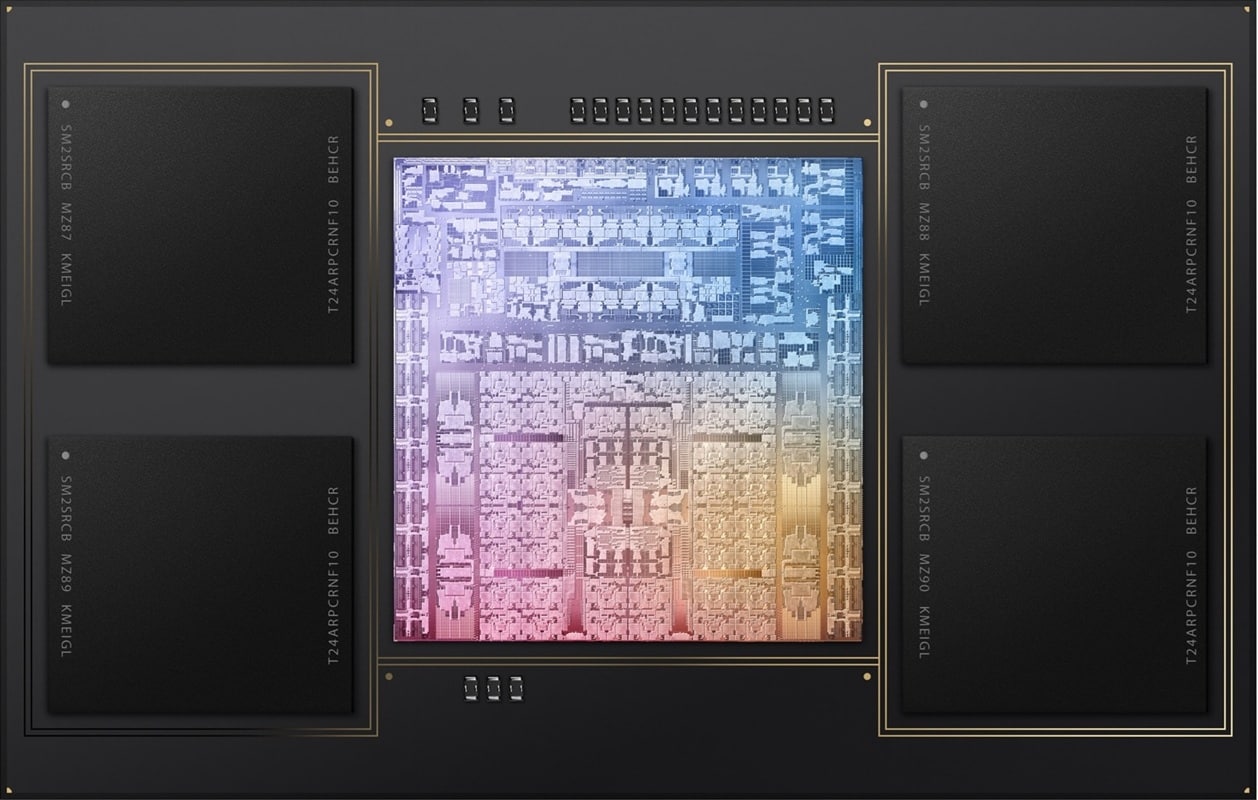
- Reliable, efficient, and highly responsive
- Long-lasting battery for mobile editing
- Optimized for Apple software
- The MacBook Pro is a bit pricey
- Limited upgrade options
macOS
$$$$ (Premium)
Editors who work on the go and rely on Mac-optimized apps and workflows.
Up to 16 performance cores, unified memory up to 128GB, optimized for Final Cut and Filmora.
If you edit videos in Filmora on macOS or travel frequently, the M3 Max delivers studio-quality performance without needing a full desktop. Plus, Filmora is well-optimized for Apple Silicon.
Part 4. Best Video Editor That Doesn’t Need a Powerful CPU
If you're looking for the best CPU for video editing but don’t have a high-end setup, Wondershare Filmora is an excellent option. It’s lightweight, user-friendly, and designed to run smoothly even on mid-range processors, making it ideal for creators who want reliable performance without expensive hardware.
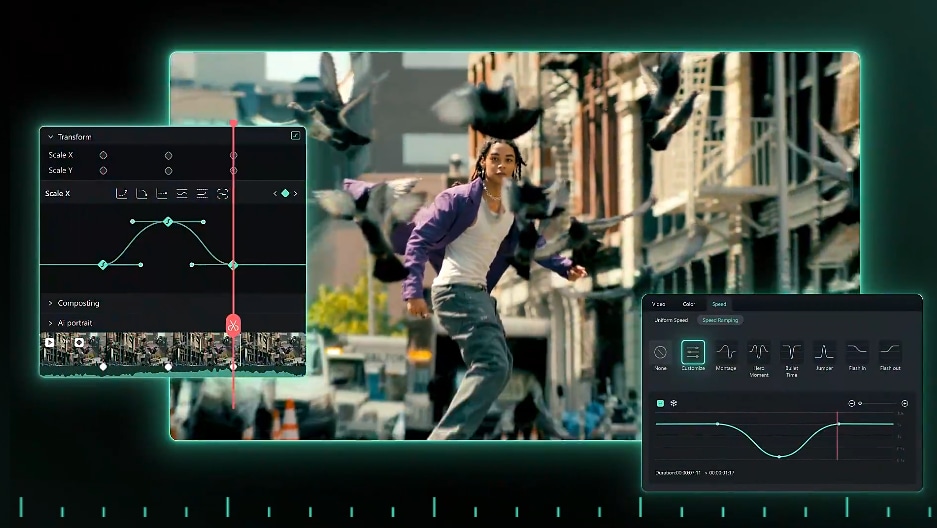
However, a better CPU can significantly improve your experience when using Filmora, especially in these areas:
- Real-time preview when editing layered timelines, effects, and transitions.
- Features like speed ramping, motion tracking, and keyframing.
- Fast 4K exports and AI-powered tools, such as the background remover and subtitle generator.
Filmora runs well on most modern CPUs, but combining it with the best CPU for video editing gives you faster rendering, smoother previews, and fewer interruptions during edits. Even if you’re a beginner, a capable processor can make your editing process feel much smoother and more efficient.
Part 5. What to Consider When Choosing a CPU for Video Editing
Before choosing the best CPU for video editing, it's important to think about how you edit and what kind of performance you expect. Here are some important things to consider:
- Editing Platform Matters
Using Wondershare Filmora doesn’t require a high-end processor to get great results. The software runs efficiently on mid-range CPUs, though tasks such as exporting or using AI tools will still be more optimal with higher cores and threads. Be sure to combine the processor with at least 16GB of RAM and a fast SSD to avoid performance issues.
- Match CPU Power to Project Type
The right CPU depends on the type of content you're working with:
- Beginner editors / Short videos
A solid mid-range CPU like the Ryzen 5 7600X or Intel i5-13600K will do the job smoothly.
- YouTubers / Daily creators
Go for something like the Ryzen 7 7800X3D or Intel i7-14700K for better multitasking and faster export times.
- Professional editors
You’ll benefit from the extra power in a Ryzen 9 7950X or Intel i9-14900K, especially for handling 4K footage, effects, and multitasking.
- Beginner editors / Short videos
- Don't Forget Compatibility
Ensure your CPU works with your existing hardware. Check that your motherboard supports the CPU socket, your RAM is fast enough, and your cooling system can handle higher temperatures if you're going for a high-core processor.
- Plan for Longevity
If you plan to upgrade your editing workload or explore more advanced tools in the next few years, consider investing in a CPU with more performance space. This gives you room to upgrade your software and workflow without needing to replace your hardware too soon.
Conclusion
Choosing the best CPU for video editing can make a huge difference in how smoothly your workflow runs. From creating content for YouTube, Reels, or clients, a powerful processor helps speed up rendering, previewing, and multitasking.
While tools like Filmora are optimized to run well even on mid-range CPUs, pairing them with the right chip gives you a faster and more responsive editing experience. These CPUs on this list have all been tested for real-world editing, from affordable options to high-end performance options.
Choose one that suits your needs and budget to up your editing game without frustration.
Select your favorite below based on your editing needs:


